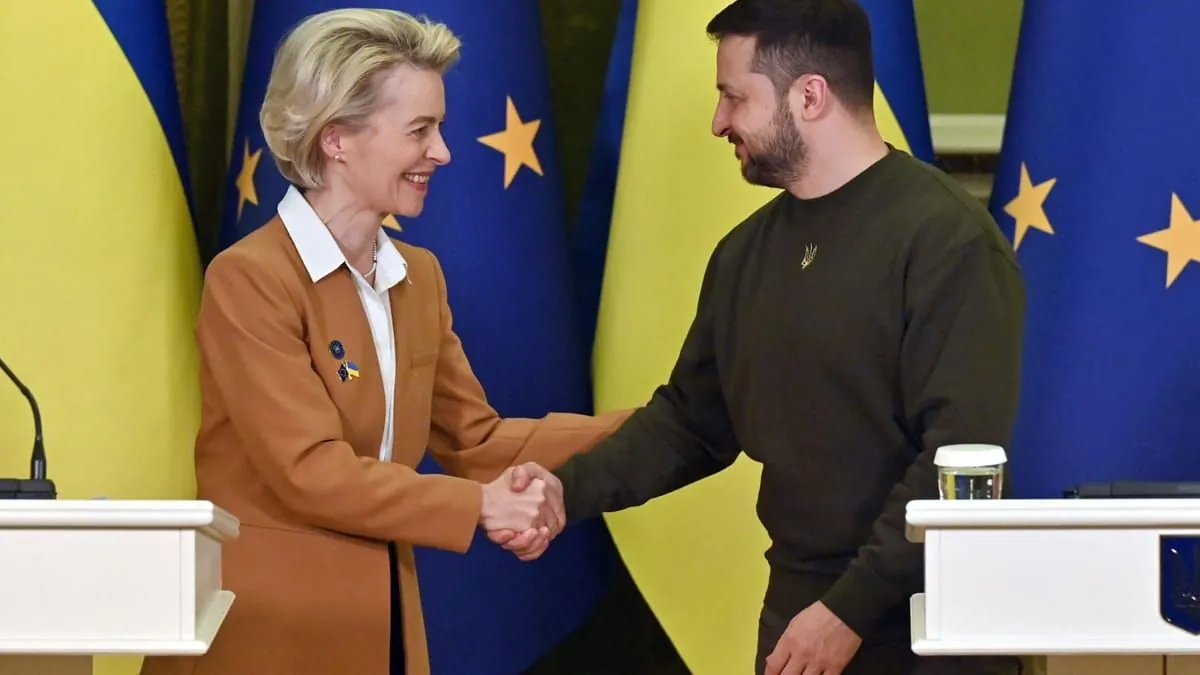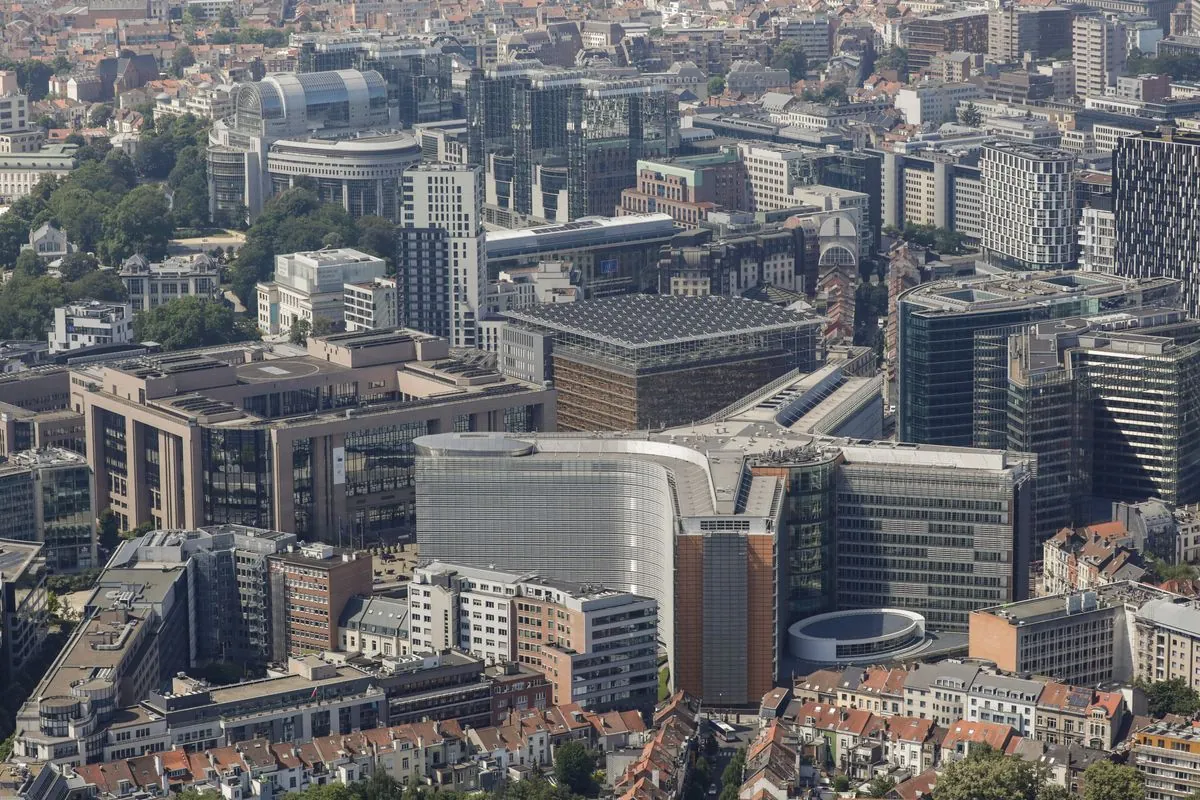EU Unveils €35 Billion Loan Plan for Ukraine, Backed by Russian Asset Profits
The European Union announces a significant loan package for Ukraine, utilizing profits from frozen Russian assets. This move comes as a broader G7 initiative faces delays, highlighting the EU's commitment to swift action.

In a significant development for Ukraine's financial support, the European Union has announced a substantial loan package. Ursula von der Leyen, President of the European Commission, revealed on September 15, 2024, that the EU will provide Ukraine with a loan of up to €35 billion (approximately $39 billion). This financial assistance will be backed by the windfall profits from frozen Russian assets, marking a novel approach to supporting Ukraine's economy.
The announcement came during von der Leyen's visit to Kyiv, where she held a joint press conference with Ukrainian President Volodymyr Zelensky. This move by the EU demonstrates its commitment to Ukraine's financial stability amidst ongoing challenges. The European Commission, the EU's executive branch headquartered in Brussels, has adopted proposals to facilitate this loan, ensuring that the funds will directly support Ukraine's budget.
"This is a huge step forward. We should make Russia pay for the destruction it caused. ... We understand the tremendous financing needs created by the war."
This initiative by the EU comes at a crucial time, as a broader plan from the Group of Seven (G7) nations to use Russian assets for raising funds for Ukraine has encountered delays. The G7, which represents about 50% of the global nominal GDP, had initially agreed to tap frozen Russian assets to provide Ukraine with $50 billion. However, this plan has faced obstacles, particularly due to concerns raised by the United States regarding the long-term freezing of assets.
The EU's decision to move forward independently underscores the urgency of the situation. Von der Leyen expressed confidence that other nations would contribute their share, emphasizing the importance of swift action given the pressing needs in Ukraine.

It's worth noting that this loan represents a significant portion of Ukraine's economic needs, considering that the country's GDP was approximately $200 billion in 2021. The war, which began with Russia's full-scale invasion in February 2022, has created enormous financial pressures on Ukraine's economy.
The EU's approach also highlights the evolving nature of international sanctions against Russia. Since 2014, when Russia was suspended from the G8 (now G7) due to the annexation of Crimea, the EU has imposed multiple rounds of sanctions on Russia. This latest move to use profits from frozen assets represents a new strategy in leveraging these sanctions for Ukraine's benefit.
The implementation of this loan package will be closely watched, especially given the EU's complex decision-making processes. With a budget of €1.8 trillion for 2021-2027, the EU has significant financial resources at its disposal. However, the unanimity required for certain decisions, such as sanctions renewals, can sometimes lead to challenges, as seen with potential vetoes from member states like Hungary.
As Ukraine continues its path towards closer ties with the EU, having applied for membership in February 2022, this financial support demonstrates the EU's commitment to the country's stability and future. The success of this initiative could set a precedent for how frozen assets might be utilized in international conflicts and sanctions regimes in the future.


































